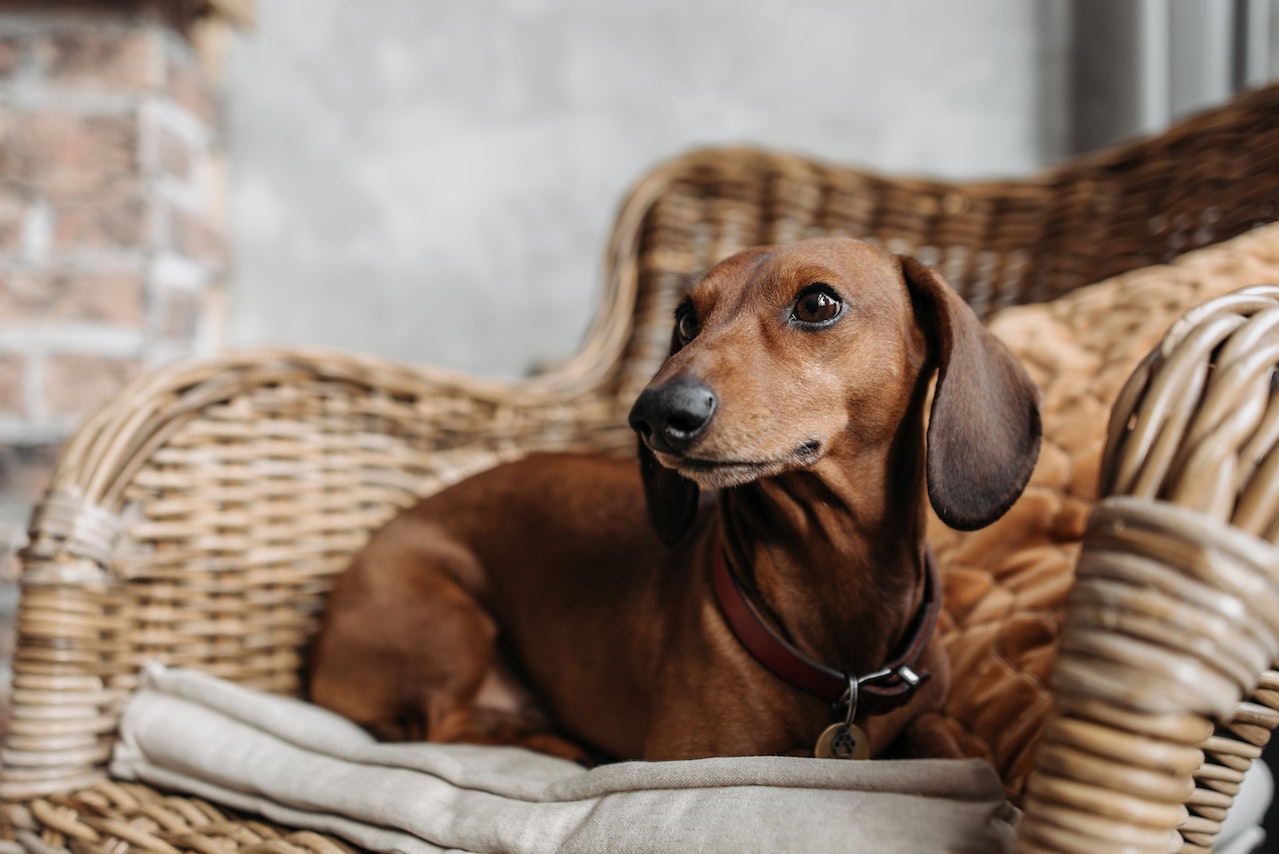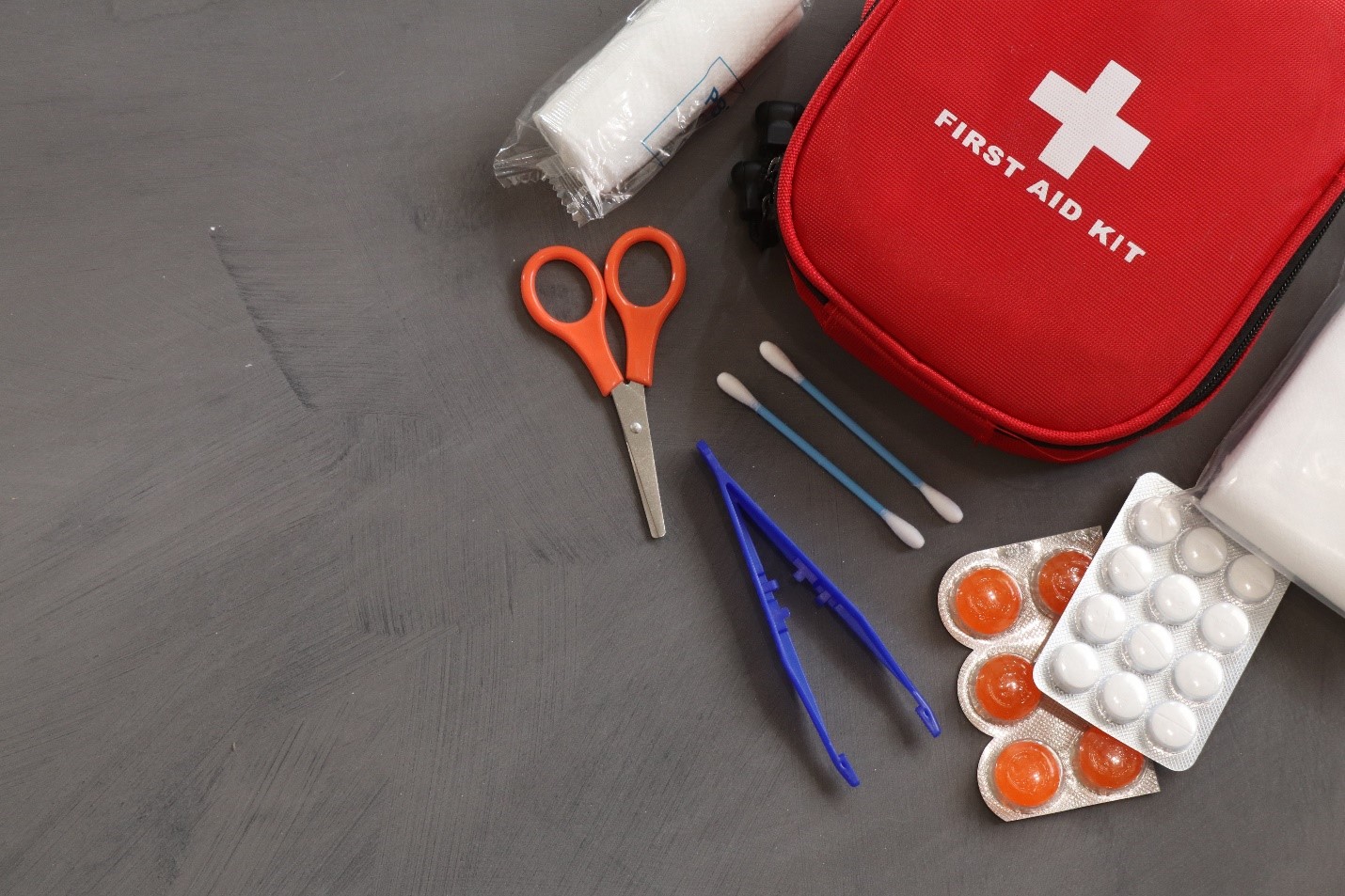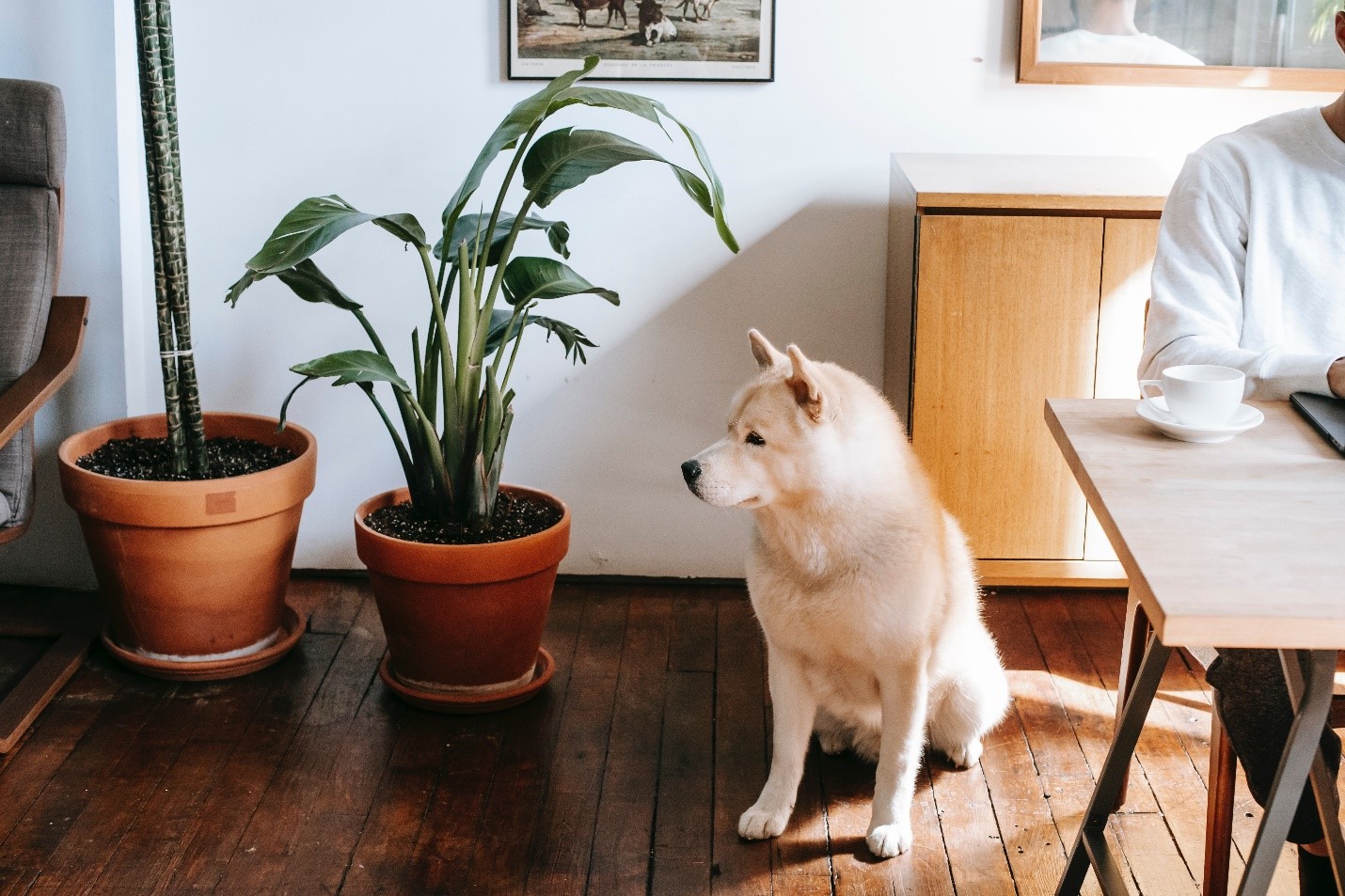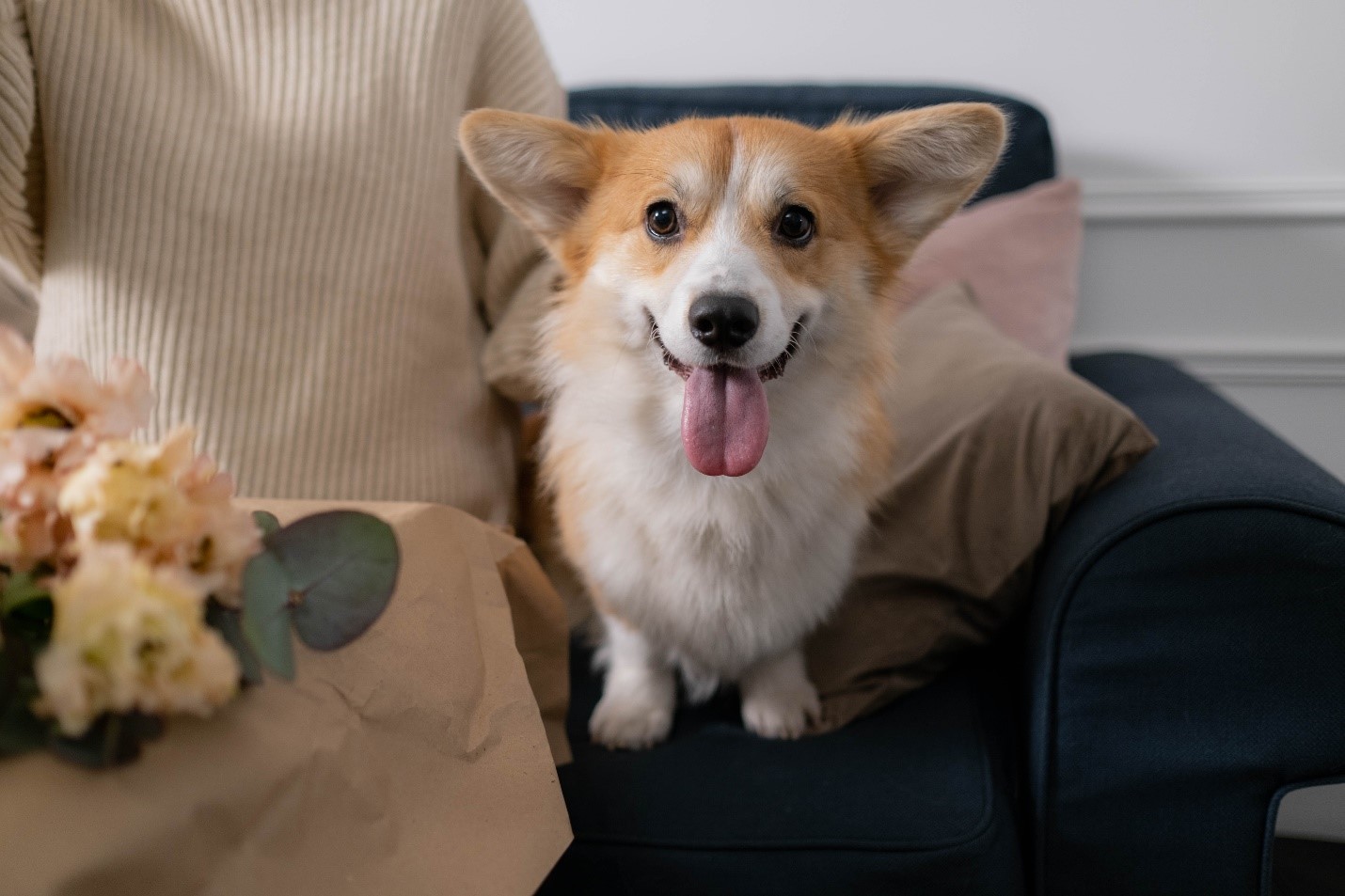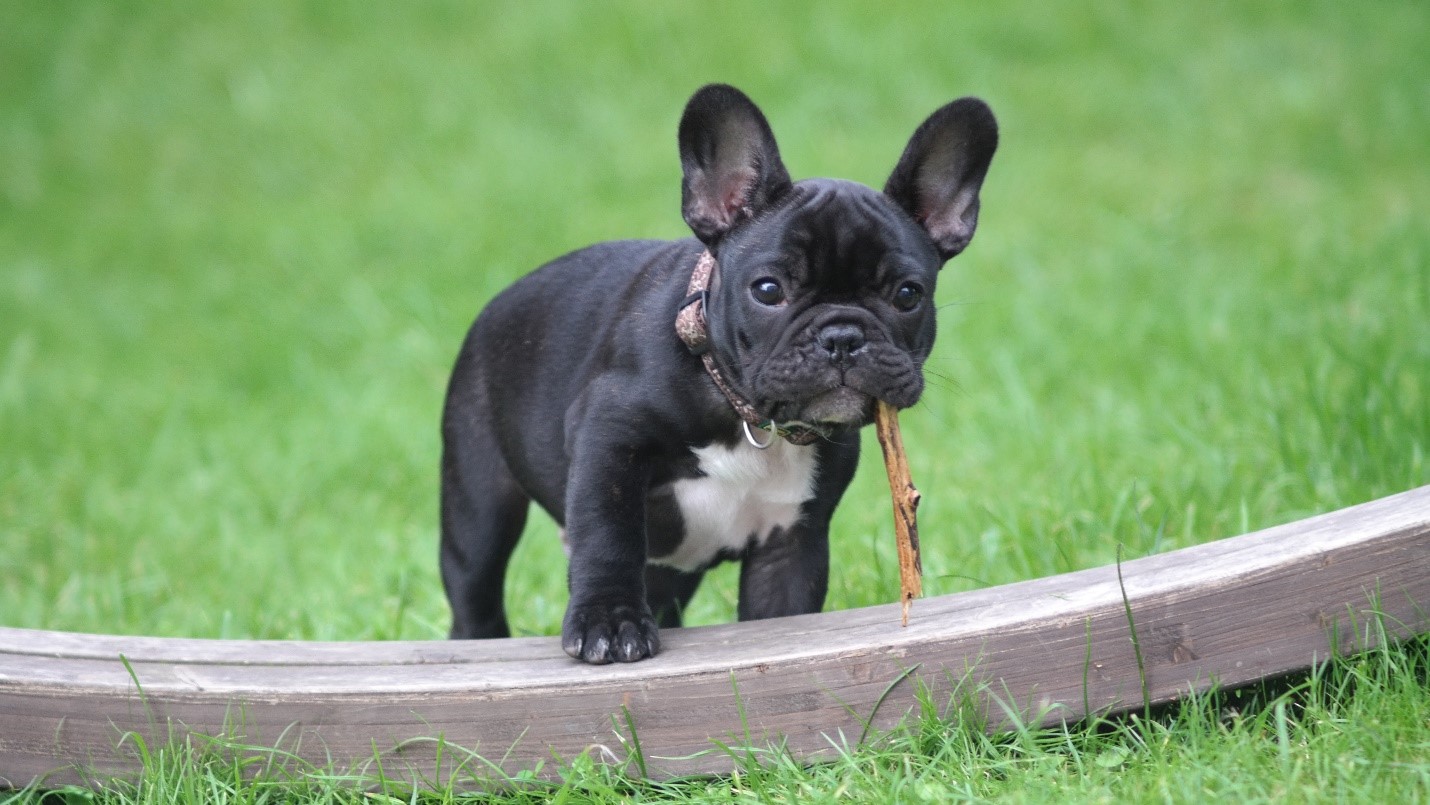Short-legged and long-bodied, the Dachshund is a hound dog breed that has risen in popularity worldwide. This dog breed is intelligent, brave, and loyal to its handlers.
If well-trained and socialized, the Dachshund is one furry friend you will enjoy having in your house.
So, are you preparing to welcome this pup to your house? Then here is what you should know about the dachshund dog breed.
Size and Weight of the Dachshund
As per the AKC, the Dachshund is bred and shown in two sizes: Standard and miniature.
The standard dachshunds weigh between 16 to 32 pounds, and the miniature dachshunds weigh under 11 pounds at maturity.
The height also varies, with the standard dachshunds standing between 8-9 inches and the miniature dachshunds ranging between 5-6 inches.
Coat Type and Color
The dachshunds, colloquially known as the doxies, are classified under three coat varieties, smooth, wirehaired, and long-haired.
- Smooth coats have a smooth and shiny coat, with popular colors like solid red, cream, black and tan.
Smooth coats can also have a dappled coat.
- Wirehair dachshunds- these doxies have a short rough outer coat and smooth undercoat. Common colors are black and tan and wild boar. However, colors common to smooth-coated dachshunds are often acceptable in wirehaired dog breeds.
- Long-haired dachshunds have a sleek, shiny, and slightly wavy coat that is appealing to look at. All colors found in smooth coated dachshunds are acceptable here
Temperament and Personality of the Dachshund
The Dachshund with excellent nicknames like Weiner dog or sausage dog is an intelligent, courageous, and devoted dog breed.
This dog breed can extremely attach to one person in the family. It may even attack other pets around who come close to you. However, a little training may help weed out this behavior.
Since this dog breed is a burrower, don’t act surprised if you find it burrowing the blankets or your yard. Sometimes it may be hard to eliminate this behavior. However, that can be controlled by you secluding an area for your doxie to sharpen his burrowing skills.
This dog breed has a loud dog bark that can be a nuisance if not controlled.
Exercise Needs
The dachshund is a perfect apartment dog as it requires low to moderate exercise sessions. This dog breed needs a few walks sessions a day. If the weather outside is harsh, a game of fetch indoors can also suffice.
Worth noting, since doxies have delicate long backs, watch how this dog breed accesses higher places like shelves or furniture. Don’t let your dog become a fan of jumping on and off the furniture since this may lead to severe back problems like slipped discs. With that, you can install stairs or ramps for your doxie to access higher places.
Besides physical stimulation, dachshunds need mental exercise. Keep your dog mentally exercised by letting it interact with puzzle toys that will challenge its intelligence.
Training and Socialization
The Dachshund is an intelligent, easy-to-train dog breed. However, if bored, this dog breed can be stubborn—thus why you need to apply reward-based training for your doxie to become motivated during training sessions.
The Dachshunds are also notoriously known for being hard to house train. Thus you need to be patient and consistent when house training this dog breed.
Socialization is also mandatory. Sometimes, these dog breeds tend to be very defensive and bite anyone around out of fear. However, socialization can help eliminate this behavior with ease.
You need to expose this dog breed to lots of sights and sounds. Let it come across many people, pets, and the general environment.
Grooming and Care
The grooming needs of the Dachshund can vary. It all depends on the type of coat. Smooth-coated doxies are easy to groom. Using a soft brush and damp cloth to clean it regularly will suffice.
The long-haired dachshunds need their coat brushed with a comb twice a week. You can also bathe it with an appropriate shampoo at times if it decides to roll in a puddle of water or when it develops an awful dog smell.
Compared to the rest, the wirehaired Dachshund has demanding grooming needs.
This dog breed needs its coat groomed with a slicker brush daily to prevent matting. Also, the coat needs to be stripped twice per year.
Besides maintaining the coat, don’t forget the nails. Ensure they are well-trimmed twice a month. Also, keep checking the ears as the droopy nature makes them an appropriate fungus and bacteria-harboring environment.
Diet
The activity level, health, and metabolism level will determine how much food this dog needs. You will often find a couch potato doxie won’t need a high-calorie diet as it may easily become overweight.
All along, consider giving your doxie a healthy, nutritious diet that follows the AAFCO nutrient profile guidelines. Also, consider your dog’s allergies whenever you plan to start it on any dog food.
Follow all this, and your doxie will live a long healthy, hearty life.
Health and Life Span
The Dachshund is a healthy dog breed. However, that doesn’t imply that you should not be monitoring it routinely for any health issues.
Here are the common conditions that may likely affect your doxie.
- Intervertebral disease
- Canine diabetes mellitus
- Progressive retinal atrophy
- Bloating
If you want a pup free of hereditary issues, ensure you look for an authorized doxie breeder. And a good place to turn up to is the AKC breeders contact list. Ask for health clearance certificates from the breeder to ensure you get a healthy dog breed free from hereditary issues.
A breeder who refuses to hand offer such documents might be hiding something from you. Run away from such breeders.
The life span of the Dachshund dog breed is 12-16 years.
History of the Dachshund
The Dachshund was bred in Germany over 500 years ago to hunt badgers. Hence the name Dachshund— a german word that means badger dog– Dachs (badger) Hund (dog)
In the 18 and 19th centuries, german breeders later improved this breed to achieve fiercer and well-bodied badger dogs.
The popularity of this dog breed nose-dived during World War 1 due to its association with Germany. However, after a few decades, its popularity started rising.
The AKC later recognized this breed in 1885, and the dachshund club of America started in 1895.
Advantages of Having a Dachshund
- Easy to groom
- Loyal
- Perfect watchdog
- intelligent
Disadvantages
- This dog barks a lot
- Not easy to house train
Conclusion
Playful, cunning, and lively, the Dachshund is a lovely dog breed that you will enjoy having besides as you binge-watch your favorite movie.
If not on your laps, this breed will be happy playing with its favorite toys while keeping a close eye on you.
So, share with us, do you have a dachshund in your house? And what’s one unique thing that you love about Dachshunds?

